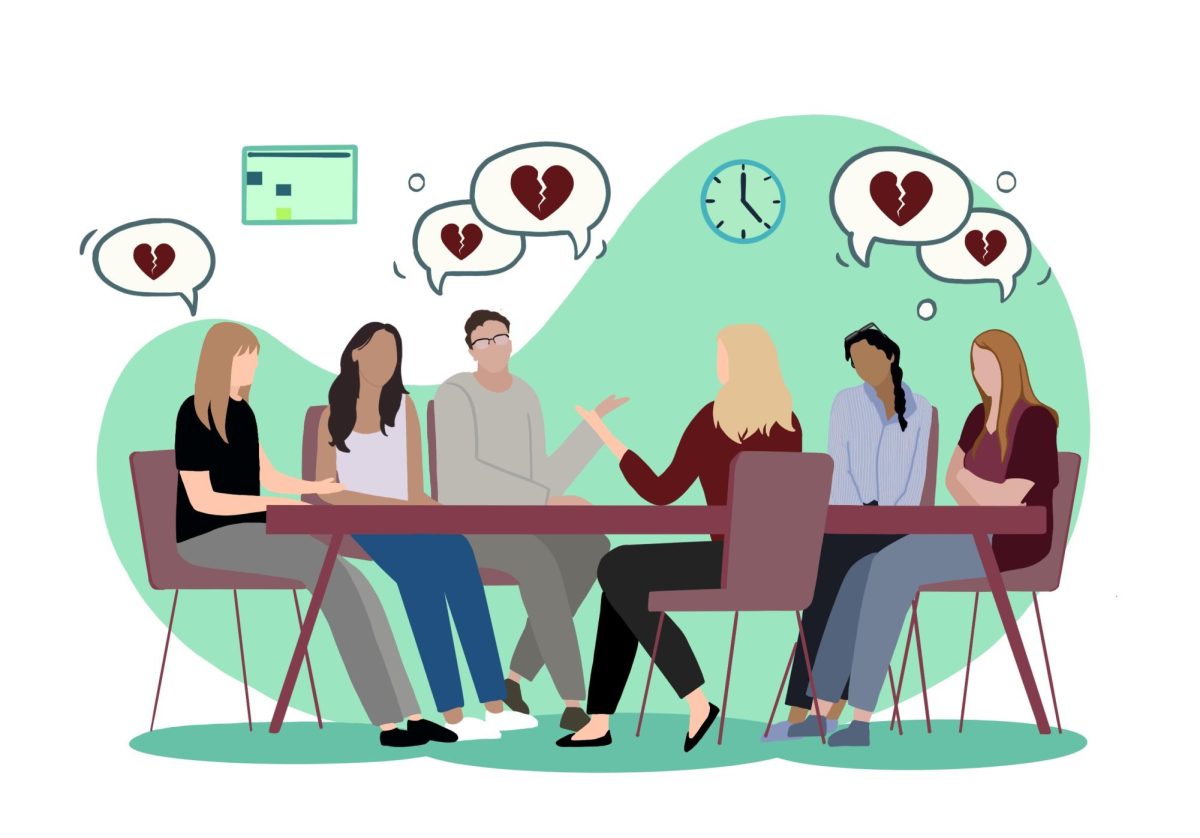Intersectionality is how intersecting power relations influence social relations across diverse societies and individual experiences in everyday life. Race, class, gender, sexuality, nation, ability, ethnicity, and age are all interrelated and mutually shape one another.
Intersecting power relations influence social relations in terms of gender, race and age in basketball. This interrelatedness allocates privilege and hardship.
The total league payroll and salary data for the 2019-2020 NBA and WNBA season starkly reveal the unjust pay gap between the two leagues, according to information from Spotrac and Kennesaw State University’s Undergraduate research. The NBA total league payroll amounted to a staggering $3,611,360,623, while the WNBA total league payroll was a mere $11,282,051. This means that the total league payroll for the WNBA is a negligible 0.31% of the total league payroll for the NBA.
The highest and lowest base salary in the NBA was $40,231,758 and $568,422, respectively. In contrast, the highest and lowest base salary in the WNBA was $127,500 and $2,723, respectively. This means the lowest-paid NBA player makes four times the amount of the highest-paid WNBA player.
Such a distinct difference in the total league payroll and the players’ salaries reflects the gender disparity in sports. Gender is a social categorization that benefits men and discriminates against women.
On March 26, Caitlin Clark hit John Cena’s “You can’t see me” taunt after knocking down her sixth three-pointer against Louisville in the Elite Eight. John Cena and Lebron James praised her on Twitter: “Even if they could see you… they couldn’t guard you!” and “so COLD!”.
She was portrayed as competitive, and fans found her wave charming. On April 2, Angel Reese repeated Clark’s wave in the NCAA Women’s National Championship. She received backlash and was dragged on Twitter, receiving comments like “Show some class, Angel Reese.”.
This is a clear indication that there is a double standard when it comes to race. Both athletes used the same gesture. However, Clark was commended as fiery and passionate, while Reese was criticized, called classless, and portrayed as too hood and ghetto.
Another example of how race intersects with female athletes in basketball is that Diana Taurasi, Elena Delle Donne, Sabrina Ionescu and now Caitlin Clark have shoe deals with Nike. All four of these women are white. The WNBA is predominantly Black and, according to Statistica, 60% of its players are Black or African American.
However, the only players glorified by Nike shoe deals are white. Race is a social categorization that benefits whites and discriminates against Blacks.
Age discrimination is a clear reflection of the societal bias towards youth in sports, disregarding the experience and skill of veteran players. Collegiate basketball athletes are earning more respect and viewership than veterans in the media. For example, the final game in the 2024 NCAA Women’s National Championship averaged about 18.7 million viewers and peaked at 24 million combined on ESPN and ABC, as stated in an NPR article.
According to a WNBA press release, the WNBA on ABC averaged 627,000 viewers. Therefore, the viewership of an average WNBA game is 2% of that of the NCAA Women’s National Championship game. Also, collegiate players earn more endorsements in brand deals, as demonstrated by Caitlin Clark’s most recent $28 million shoe deal with Nike. Age is a social categorization that benefits collegiate basketball athletes and discriminates against veterans.
All in all, gender, race, and age intersect in basketball to allocate privilege and hardship. Gender is a social categorization that benefits men and discriminates against women, which is exemplified by the astronomical difference between the NBA and WNBA regarding both the total league payroll as well as the individual salaries of the players.
Also, race is a social categorization that benefits whites and discriminates against Blacks, which is revealed through the media’s portrayal of Caitlin Clark in comparison to Angel Reese, as well as Nike’s shoe deals with only white WNBA players. Lastly, age is a social categorization that benefits collegiate athletes and discriminates against veterans, conveyed through public interest via viewership and company brand endorsements.
Therefore, the intersecting power relations influence social relations in basketball, which allocates privilege to men and disadvantages women in total league payroll and salary.
Race and age then intersect with gender and allocate privilege to white, collegiate female athletes while providing a disadvantage to colored, veteran female athletes. Thus, intersectionality is present in basketball and influences social relations.
Emily G. Ceplina is a student at the College of Liberal Arts studying Psychology and Sociology on the Pre-Physical Therapy track.









sports fan
Apr 28, 2024 at 6:52 am
This is good writing! Analysis of intersectionality in spaces where emotions naturally run high such as in sports, where both observers and players really feel what is happening, illuminates elements of bias present in other part of society. You’ve helped make this concept much more accessible. Well done.